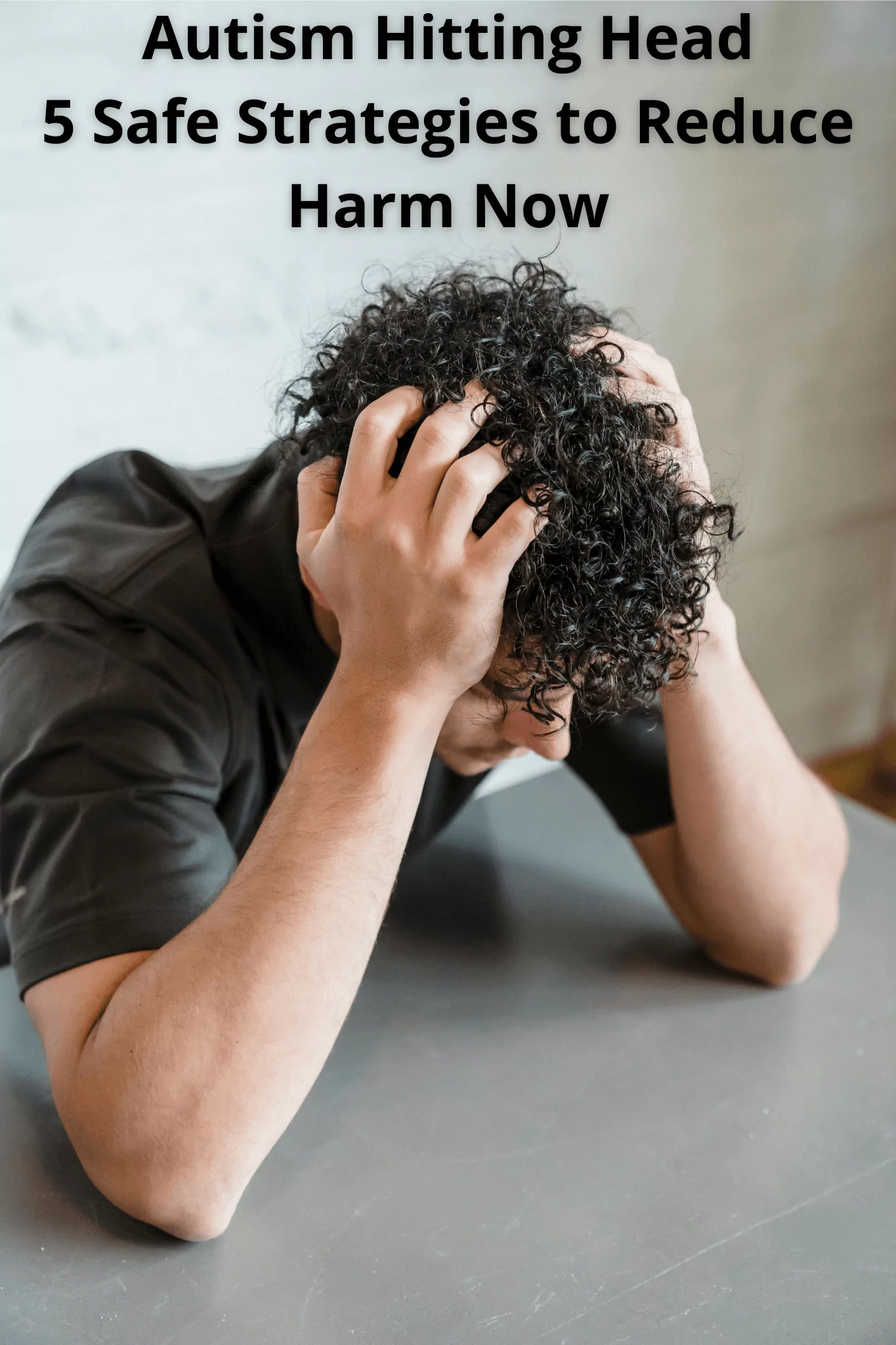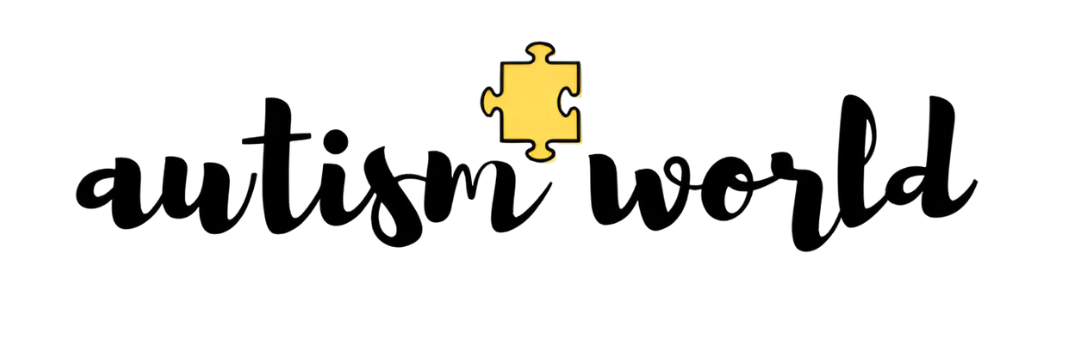With 9 years of experience in the kitchen, I’m passionate about crafting delicious recipes and sharing them with food lovers worldwide. 🍽️✨ Whether it’s a comforting homemade dish or a creative cocktail, my goal is to make cooking fun, easy, and enjoyable for everyone. Join me on this flavorful journey! 🍹🥗

Autism Hitting Head: 5 Safe Strategies to Reduce Harm Now
Autism Hitting Head: 5 Safe Strategies to Reduce Harm Now
It can be distressing to witness a child with autism engaging in self-injurious behavior, especially when that behavior involves head-hitting in autism. This article provides comprehensive information on why this behavior occurs and offers practical, safe strategies to help prevent injury and promote well-being. Understanding the underlying causes and implementing appropriate interventions can significantly reduce the frequency and severity of these incidents.
What Is Autism Hitting Head and Why Does It Happen?
Understanding the reasons behind head-hitting in autism is crucial for developing effective intervention strategies. Head-hitting, a form of self-injurious behavior (SIB), is often observed in individuals with autism spectrum disorder (ASD). It can manifest in various ways, from gentle tapping to forceful blows against hard surfaces. While alarming, it’s essential to remember that this behavior usually stems from underlying communication difficulties or sensory sensitivities.
Several factors can contribute to head-hitting in autism. These include:
- Sensory Overload or Under-Stimulation: Individuals with autism may experience sensory input differently. They might hit their heads to either block out overwhelming stimuli (e.g., loud noises, bright lights) or to seek sensory input when feeling under-stimulated.
- Communication Difficulties: When unable to express their needs, frustrations, or pain effectively, individuals with autism may resort to head-hitting as a form of communication. This is especially common in non-verbal or minimally verbal individuals.
- Emotional Regulation: Head-hitting can be a coping mechanism for managing intense emotions like anxiety, anger, or sadness. It might provide a temporary release from overwhelming feelings.
- Medical Conditions: Underlying medical conditions, such as headaches, ear infections, or gastrointestinal issues, can also trigger head-hitting behavior. In such cases, the individual may be attempting to communicate their discomfort.
- Learned Behavior: Sometimes, head-hitting can be a learned behavior. If the behavior previously resulted in attention (even negative attention) or the removal of an unpleasant situation, the individual might repeat it in the future.
Identifying the specific triggers for head-hitting in autism is paramount. Careful observation and data collection, often with the help of professionals, can help pinpoint the underlying causes and inform the development of targeted interventions. You can learn more about autism on reputable sources such as Autism Speaks.
Essential Strategies to Reduce Autism Hitting Head
Once you understand the potential causes of head-hitting in autism, you can implement proactive strategies to help prevent it and minimize harm. Here are some essential techniques:
How to Reduce Head-Hitting with Environmental Modifications
Creating a safe and predictable environment can significantly reduce the triggers for head-hitting. Consider these modifications:
- Reduce Sensory Overload: Minimize exposure to loud noises, bright lights, and strong odors. Use calming tools like noise-canceling headphones or sunglasses.
- Provide Sensory Input: Offer opportunities for sensory exploration through activities like playing with textured toys, swinging, or engaging in deep pressure activities (e.g., weighted blankets).
- Establish Routines: Create predictable daily routines to reduce anxiety and uncertainty. Visual schedules can be particularly helpful.
- Safe Space: Designate a calming space where the individual can retreat when feeling overwhelmed.
How to Reduce Head-Hitting Through Communication Strategies
Improving communication skills is key to reducing frustration and preventing head-hitting in autism.
- Teach Functional Communication: Help the individual learn alternative ways to express their needs and wants. This might involve using sign language, picture exchange systems (PECS), or augmentative and alternative communication (AAC) devices.
- Visual Supports: Use visual aids, such as picture cards or social stories, to help the individual understand expectations and navigate social situations.
- Prompting and Fading: Provide prompts to guide the individual towards desired behaviors, and gradually fade the prompts as they become more independent.
How to Reduce Head-Hitting Through Positive Reinforcement
Positive reinforcement involves rewarding desired behaviors to increase their frequency. This can be a powerful tool for reducing head-hitting in autism.
- Identify Reinforcers: Determine what motivates the individual (e.g., praise, toys, snacks, activities).
- Reward Alternative Behaviors: Whenever the individual engages in a desired behavior (e.g., asking for help instead of hitting their head), immediately provide positive reinforcement.
- Ignore Problem Behaviors (When Safe): If the head-hitting is attention-seeking, try to ignore it (as long as it’s safe) to avoid inadvertently reinforcing it.
Your 5-Step Roadmap to Preventing Head-Hitting
Implementing a comprehensive plan is essential to effectively address head-hitting in autism. Here’s a 5-step roadmap to guide you:
Step 1: Identify the Triggers for Head-Hitting
Carefully observe the individual’s behavior to identify the specific situations, events, or emotions that trigger head-hitting. Keep a detailed log of when the behavior occurs, what happened before, and what happened after. This data will help you pinpoint the underlying causes.
Step 2: Develop a Behavior Intervention Plan
Based on your understanding of the triggers, create a written behavior intervention plan (BIP). The BIP should outline specific strategies to prevent head-hitting, teach alternative behaviors, and respond to the behavior when it occurs. Consider consulting with a behavior analyst or other qualified professional to develop an effective plan.
Step 3: Implement the Plan Consistently
Consistency is key to the success of any behavior intervention plan. Ensure that everyone involved in the individual’s care (e.g., parents, teachers, caregivers) is aware of the plan and implements it consistently across all settings. Regular communication and collaboration are essential.
Step 4: Monitor Progress and Make Adjustments
Track the individual’s progress over time to assess the effectiveness of the intervention. If the head-hitting is not decreasing, or if new challenges arise, make adjustments to the plan as needed. Be flexible and willing to adapt your approach based on the individual’s needs. Consider seeking guidance from professionals if you encounter difficulties.
Step 5: Seek Professional Support When Necessary
While the strategies outlined in this article can be helpful, it’s important to seek professional support if the head-hitting is severe, frequent, or causing significant harm. A team of professionals, including a behavior analyst, therapist, and medical doctor, can provide comprehensive assessment and treatment.
Addressing Autism Hitting Head Without Prior Experience
It can feel overwhelming when you’re faced with head-hitting in autism and lack prior experience. Here’s how you can navigate the situation:
How to Help with Head-Hitting Using Information and Resources
Gather as much information as possible about autism spectrum disorder and self-injurious behaviors. Read books, articles, and websites, and attend workshops or seminars. The more you understand the underlying causes and potential interventions, the better equipped you’ll be to help. Don’t hesitate to use online resources such as The CDC website.
How to Support Head-Hitting By Seeking Guidance
Reach out to experienced professionals for guidance and support. Connect with other parents or caregivers who have dealt with similar challenges. Join online or in-person support groups to share experiences and learn from others.
Finding Professional Help for Autism Hitting Head
If you are looking for professional assistance to address head-hitting in autism, consider the following options:
How to Find Qualified Professionals
Look for qualified professionals with experience in treating self-injurious behaviors in individuals with autism. This might include:
- Board Certified Behavior Analysts (BCBAs): BCBAs are trained to assess and treat behavioral problems, including head-hitting.
- Occupational Therapists (OTs): OTs can help address sensory sensitivities and develop strategies to manage sensory input.
- Speech-Language Pathologists (SLPs): SLPs can help improve communication skills and reduce frustration.
- Psychologists or Psychiatrists: These professionals can help address underlying emotional or mental health issues that may be contributing to head-hitting.
How to Access Services
Contact your local autism services organization or healthcare provider to inquire about available services. Check with your insurance company to determine coverage for behavioral therapy and other related treatments.
Creating a Safe Environment
A safe environment can significantly minimize the risk of injury related to head-hitting in autism.
How to Prevent Injury
Consider these safety measures:
- Padding: Pad hard surfaces, such as walls and floors, to reduce the impact of head-hitting.
- Helmets: Use a padded helmet to protect the head from injury.
- Supervision: Provide close supervision to prevent head-hitting and intervene if it occurs.
- Remove Hazards: Remove any sharp or dangerous objects from the environment.
Avoiding Common Mistakes
When addressing head-hitting in autism, it’s important to avoid common mistakes that can worsen the behavior.
How to Navigate the Challenges
Here are some pitfalls to avoid:
- Punishment: Avoid using punishment or harsh discipline, as this can increase anxiety and worsen the behavior.
- Ignoring the Behavior: While ignoring attention-seeking behavior can be effective, it’s important to ensure the individual’s safety. Never ignore head-hitting that is causing significant harm.
- Inconsistency: Inconsistent implementation of the behavior intervention plan can undermine its effectiveness.
- Lack of Understanding: Failing to understand the underlying causes of the behavior can lead to ineffective interventions.
FAQ About Autism Hitting Head
How do I start freelance writing with no experience?
Start by creating a portfolio with sample articles, even if they are not paid. Focus on a niche you are knowledgeable about, and network with other writers. Use job boards to find entry-level positions and build your reputation.
How much can a beginner freelance writer earn?
Beginner freelance writers can earn anywhere from $0.05 to $0.10 per word, depending on the client, industry, and type of content. With experience and a strong portfolio, rates can increase significantly.




